Despite the hype, artificial intelligence technology has many practical uses. While the future of artificial intelligence (AI) is still undefined, recent advances have already made it possible to automate jobs and improve our daily lives.
AI can interpret video feeds from drones, answer customer service queries, and coordinate with other intelligent systems. For example, AI experts can help radiologists identify tumors, and inappropriate flag content on the Internet, detect wear in elevators and generate 3D models of our planet.
Applications of artificial intelligence in e-commerce

AI-powered eCommerce technologies are helping retailers better predict consumer demand and find the best ways to market their products. These technologies can analyze massive amounts of data and recommend products based on previous customer behavior and weather conditions.
Artificial intelligence can also improve inventory management, allowing retailers to anticipate real-time inventory needs.
Warehouses can now use robots to perform manual tasks, and AI applications can help them analyze past searches and recommend products based on customer feedback.
Businesses can take advantage of AI’s visual capabilities to enhance their search results.
eBay, for example, has used AI to improve its search function, which is helpful given the millions of items listed there.
Another example of AI in eCommerce is the visual search capability offered by Pinterest.
Its application lets users take photos of items in real-world locations and search for similar items in the catalog. Other applications of AI include shopping assistants that offer personalized product recommendations, e-commerce recommendation tools, and social media analytics.
Applications in public security
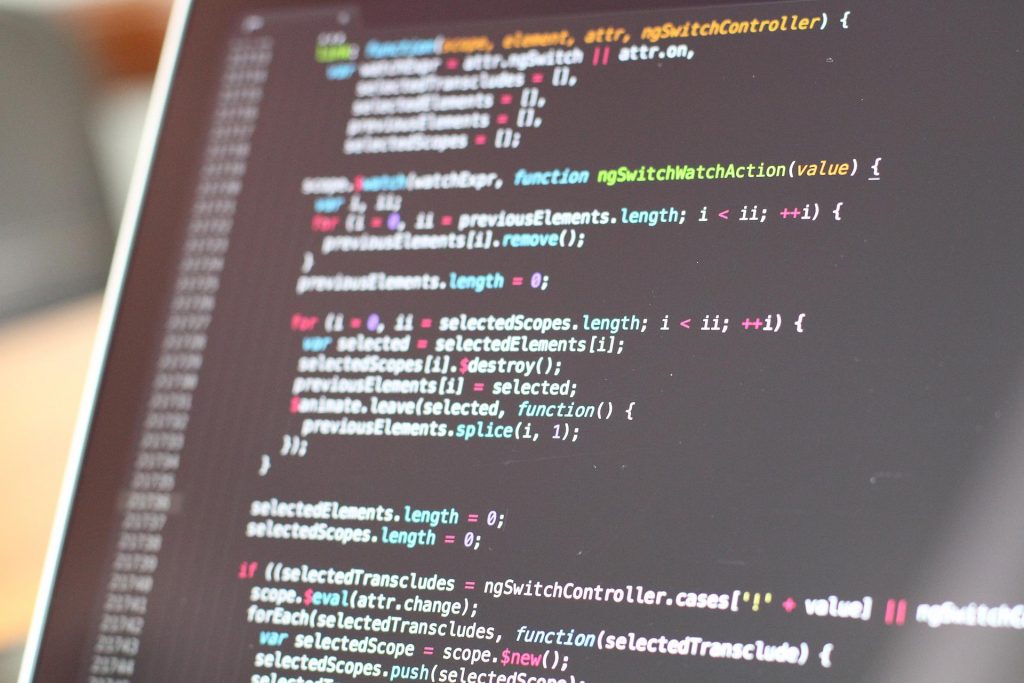
The government has invested significantly in AI technologies, but many questions remain unanswered. Despite the positive potential of AI for defense, the DoD is responsible for the majority of the advances in AI technology. While AI systems are a valuable tool in many applications, they will not be as effective if they are not trained by humans.
As a result, DoD needs to create incentives for the development of AI systems, improve collaboration with allies, and address innovation roadblocks in government systems. Furthermore, U.S. defense acquisition processes may need to change to accommodate the development and use of AI technologies, as current methods are designed to minimize risk. Further, stronger incentives can help protect AI technologies from manipulation or theft.
The application of AI technology in public security is becoming increasingly apparent. While AI was once thought of as a science fiction concept, it plays an important role in today’s society and public safety. According to IDC, ninety percent of new enterprise apps will have embedded AI. For public safety agencies, AI and machine learning can fill operational blind spots and mitigate the negative impacts of large incidents.
The technology can be used to automate tasks, collect intelligence, and respond to dynamic environments. Eventually, computer systems will ingest information and disseminate intelligence products without human intervention.
Applications in agriculture

The use of artificial intelligence in agriculture is becoming increasingly prevalent. With fewer agricultural holdings per farmer, farmers can use AI to make better decisions. With predictive analytics, farmers can determine nutrient deficiencies and plant pests. Using these applications, farmers can improve harvest quality and avoid losses through better irrigation and fertilizer management. AI-based solutions can also help detect deficiencies or pest attacks. In addition, farmers can easily implement AI technology into their farming practices with minimal upfront investment.
For instance, AI-based soil testing can pinpoint areas in need of fertilization or pesticides.
Farmers can use this information to optimize crop production while minimizing their use of resources. Farm managers can use predictive analytics to optimize planning and implement new agricultural practices. This data can give them a glimpse into the future, which can lead to better decisions. Furthermore, agriculture uses a lot of water, which is why AI-based soil analysis can help farmers save up to 70 percent on water.
Applications in healthcare
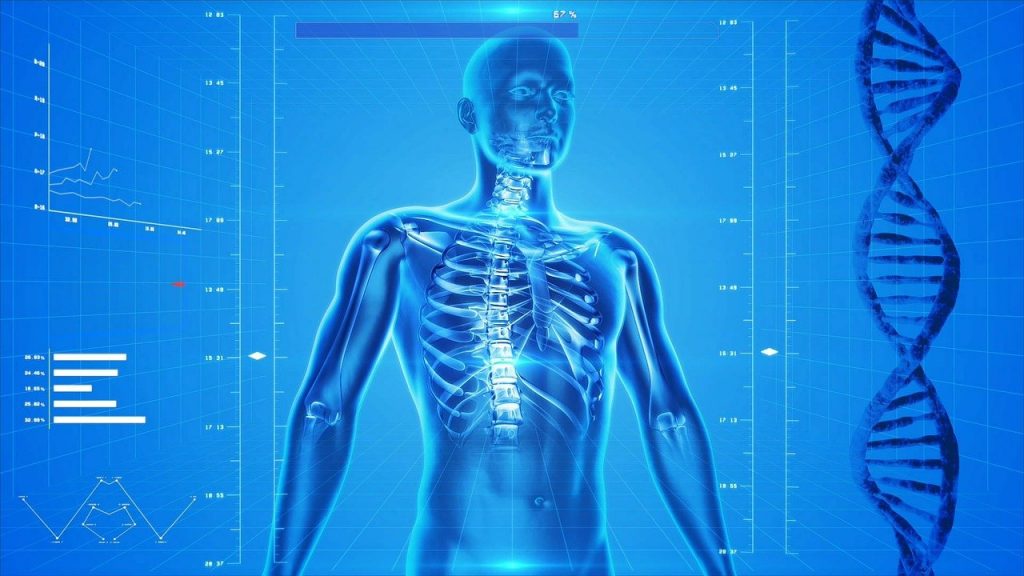
Several examples of AI technology in healthcare have been developed. For example, ForeSee Medical can analyze patient data and produce actionable insights based on them. It integrates with an EHR to deliver the insights it needs to make decisions.
However, the main challenge is adoption in the real world. In order to be useful, AI systems must be approved by regulators, integrated with EHR systems, standardized, and trained for clinical use.
In addition, they must be updated over time in the field. In other words, AI systems in healthcare will take much longer to mature than human healthcare workers.
For example, remote monitoring of patients may be helpful for those with chronic diseases or the elderly. This can be achieved remotely through a smart device rather than manual data entry, allowing patients to access their health data at home.
This also reduces work pressure for the healthcare workers, allowing them to focus on other tasks. Furthermore, this technology could improve the quality of service by interacting with healthcare professionals remotely. These are just a few examples of applications of AI in healthcare.








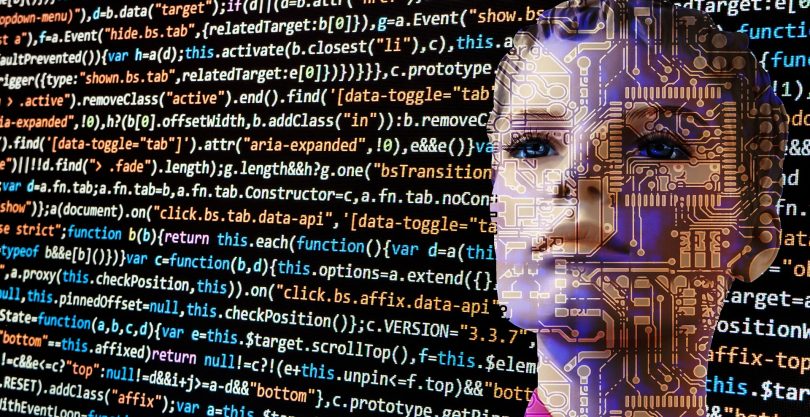
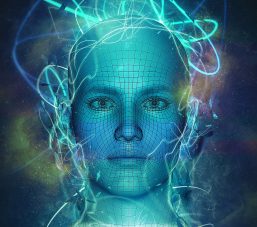
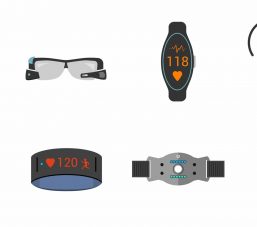

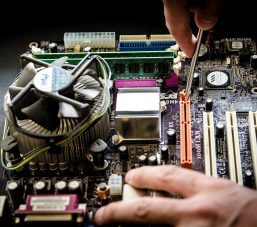
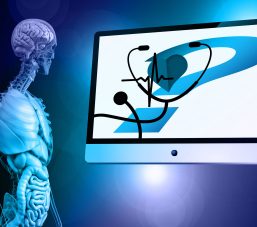
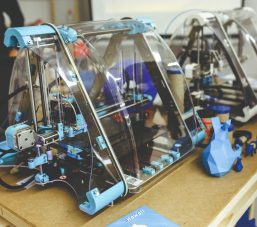

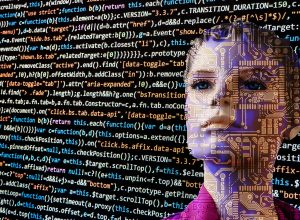

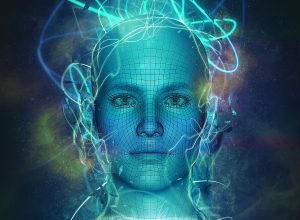
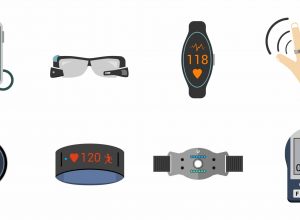
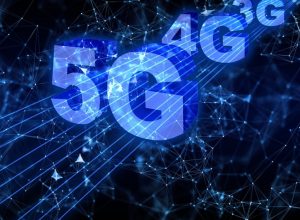
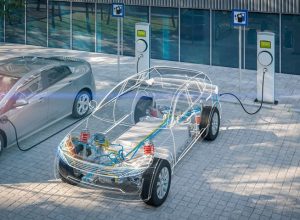
Comments